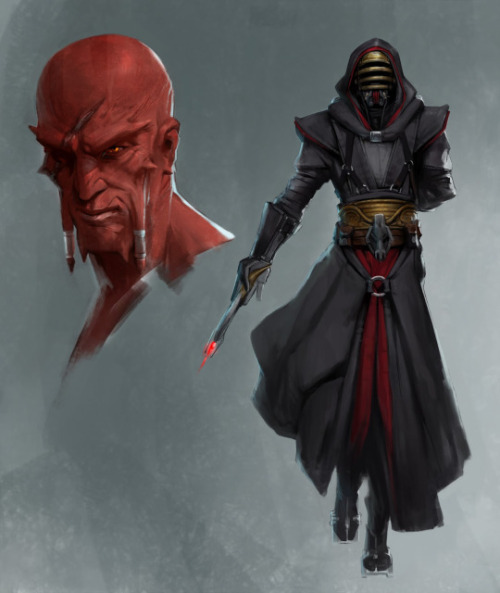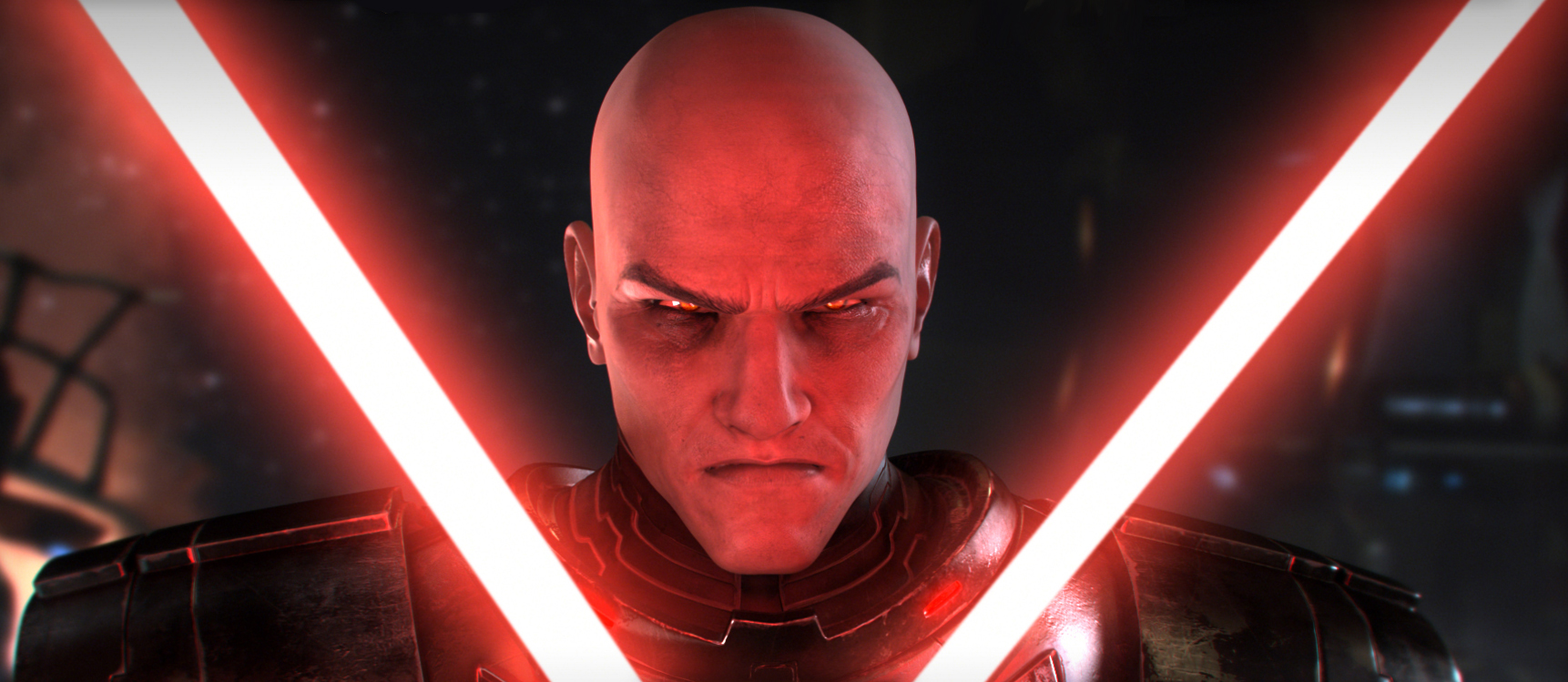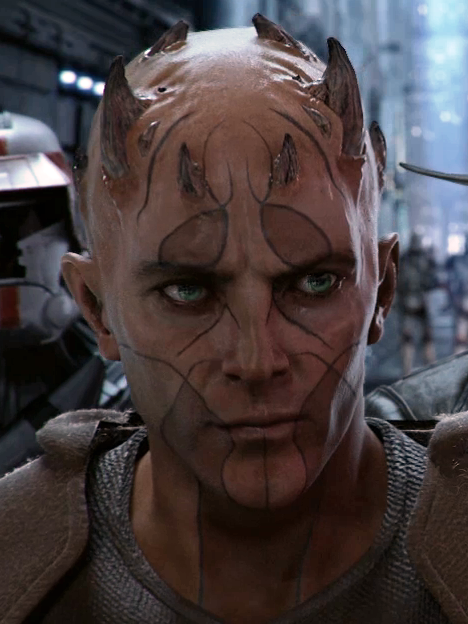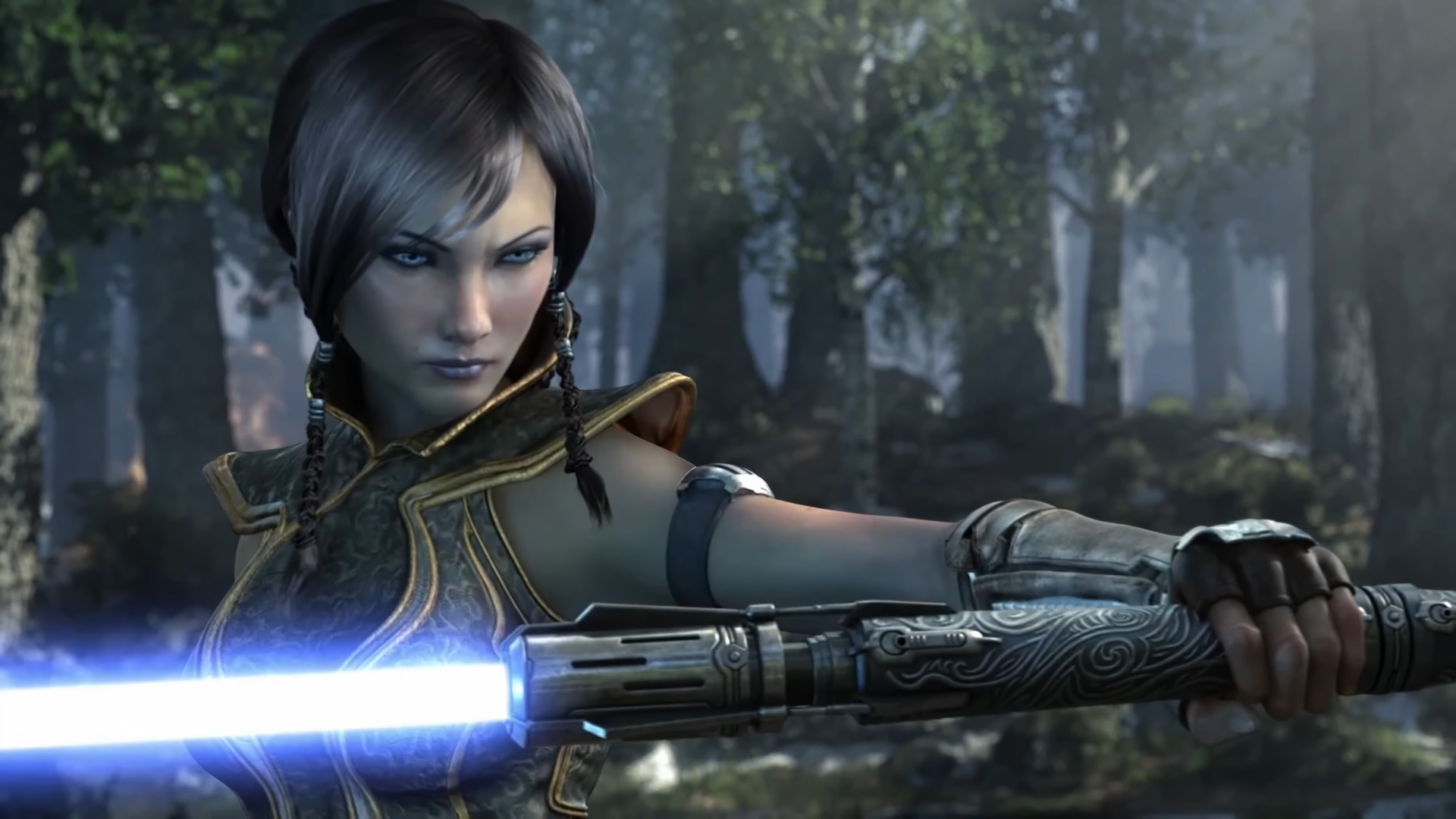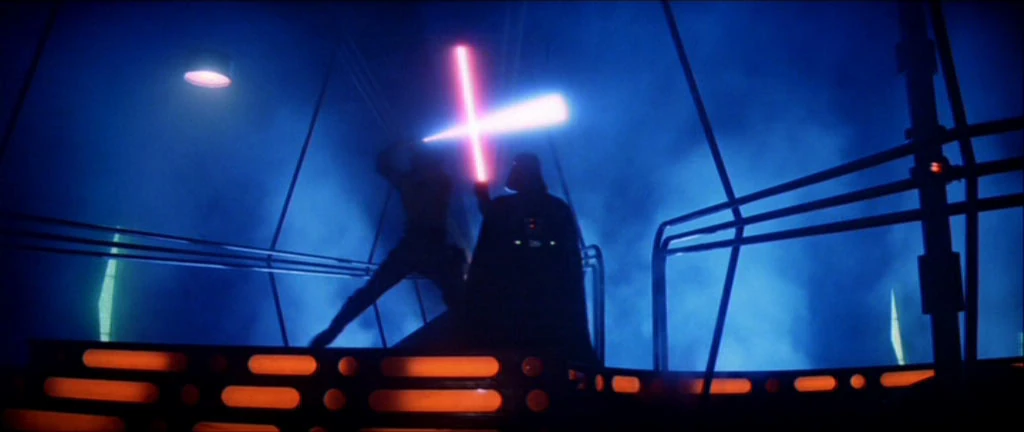Dolls
Ace (“Asu”) Daisho
Passions
and Skills
Passion: “I believe in Justice” +2
Passion: “I am better than you” +1
Superior Quality: Elegance +1
Skill: Assassination +4
Cool +5
Bonds and Afflictions
Bond: I am the Coolest Doll (1)
Bond: I must protect my sister, Alice (1)
Bond: I serve the Doll-Maker (1)
Bond: I’m in love with Hazel (2)
Background
As a Japanese ball-joint doll, Ace is among the most expensive and prestigious of dolls, hand crafted from
porcelain like the rest of his family, the House Daisho. Their
prestige means the Daisho family resides within the Great Toy Castle,
and often act as the courtiers, body guards, knights or
maids-in-waiting for the King of Toyland. When Damien became the
King, he allowed the Daisho to remain in the castle, for while they weren’t his
favorite sort of toys, he acknowledged and admired their collectability. Even so, he shelved them, preferring his
franchise toys and his Commando Elite.
With nobody to play with, Ace
watches the life slowly drain from his sister, Alice. He would tend to her, setting up
tea parties for her, or inviting her to some of the most prestigious
dollhouses with other Japanese ball-joint dolls, but nothing worked.
So, in an effort to prove how
fun it would be to play with him and his sister, Ace put himself in service to Damien as an assassin and spy par-excellence, working with the tyrant to take take down the Resistance. But when he hunted one of the Resistance members to Damien’s great vault of Packaged Toys,
and Ace saw what an abomination Damien was turning Toyland into.
Shortly after, he met the Doll-Maker, the leader of Toyland’s
resistance, and he pledged himself to her, vowing to play
both sides of the conflict.
Brat
Passions
and Skills
Passion: “All the world is corrupt” +1
Passion: “You can change yourself for the better” +3
Skill: Flirtation +3
Shine: +1
Bonds and Afflictions
Bond: I serve only myself (1)
Background
Brat
belonged to a tween girl, who didn’t
like
barbies. Brat was terrified that she’d be discarded and end up in
the Dungeon of Lost Toys, but no, her girl
changed her.
She took a pen and paints and remade her face. She sewed new clothes for her barbie and changed her name to Brat, and Brat
loved
it. Other Barbies wore prissy
dresses and attended dreadful tea parties, Brat got to
attend
the scene. She turned Ken’s
head, and flirted with G.I. Joe, and
danced her heart out in a tin-foil disco.
Eventually,
her girl grew up and Brat slipped away into toyland. If she’d
learned anything, it was that the status quo was
broken,
but she didn’t have to accept it. She violated convention,
crossed boundaries, dated teddy bears and took joy rides with
Transformers. She was her own doll, and she was on the look out for
her and her alone. If she didn’t like her situation, she’d just
change it. As she strutted about
Toyland, she saw whole broken and ruined the rest of Toyland was and
felt better about being abandoned: It was all a lie anyway, and she
was going to make the best of it.
Teddy Bears
Inspector Bearington
Passions
and Skills
Passion: “Everyone lies” +3
Passion: “I want to bring justice to the dispossessed” +1
Skill: Conspiracy Theory +1
Skill: Street brawling +3
Bonds and Afflictions
Bond: I refuse to follow the rules (1)
Bond: I’m in love with Brat, even though I know better (1)
Background
Inspector
Bearington used to work for
the TCDP, until his instistence on solving crimes and exposing
corruption in of Toy City forced Commissioner Gadget to take his
badge away for being a “loose cannon.” Thus, Inspector
Bearington was cast out into the mean, rain-wet streets of Toy City,
where he became a private investigator.
His
work for the poor and outcast of Toy City led him to the femme
fatale, Brat, and into conflict with that other force against
corruption, Commando Bear. He’s begun piecing together a vast web
of conspiracies: the sock puppet mafia, the Commando Elite, the
All-Former’s disappearance, Percival the Bear Knight, and the
rantings of the Mad 8-Ball and he now believes that Damien has made some sinister pact with a devil who has secretly ruled Toyland for years, and through this pact now holds the
True King of Toy Land captive and is somehow maintaining a grip on
Toyland to become President for Life, but he doesn’t know how to reveal this to the toys of Toyland.
Commando
Bear
Passions
and Skills
Passion: “Evil must die!” +1
Passion: “If violence doesn’t solve your problems, you’re
not using enough of it!” +4
Skill: Commando Bear Stare +3
Bonds
and Afflictions
Bond: I must finish my crusade (3)
Bond: I always have enough firepower to finish the job (2)
Background
Once
one of the Care Bears, Commando Bear and his friends and family were
cut down by a battle between the Sock Puppet Mafia and the Commando
Elite. His fluffy belly was ruined, with stuffing spilling out as a
pool of growing foam around his still body. The local doll-hospital
managed to preserve his stuffing, but not his adorable Care Bear
symbol, which had to be cut away and replaced with scar-stitching.
Driven mad by the loss of who and what he was, he had a skull
stitched into his belly, and took up an armory of toy guns, and began
to clean up the streets. His crusade took on religious connotations
when he cornered the Sock Puppet Don and nearly died under a hail of
gun fire, but was possessed with the righteous rage of the Primeval
Teddy Bear. He didn’t defeat the Sock Puppet Don (who managed to
get away), but now he believes that he is
ordained by the
Fabled Toys to clean up Toy
Land, and he has his sights set on the highest prize, Damien
Bogsworth.
Other Toys
The Mad 8 Ball, Prophet of the Sandbox Wastes
Passions
and Skills
Passion: “If reply is hazy, you must try again later” +2
Passion: “Embrace randomness” +1
Skill: Prophecy +3
Skill: Sandbox Survival +2
Shine 2
Bonds and Afflictions
Bond: I serve the will of the Seven Fabled Toys (1)
Bond: My cult can rely on me (1)
Affliction: I know the future (4)
Background
Toyland
is a vast realm, encompassing Doll Town, the Teddy Bear Reach, or the
Asphalt Courts, full of chainlink and home to feral tribes of balls.
But amongst the most dreaded are the desolate Sandbox Wastes. Exiled
from Damien’s court for an unfavorable answer, the Magic 8 Ball
found himself lost in them, his inner liquids draining out as he
stared up at an unforgiving sun, and saw visions of wavering
sandcastles in the distance. The outlook was not good: He thought
he’d gasped out his last and would be a rattling, desiccated ruin
when he looked up and the shadow of the All-Former looked down upon
him. He spoke words, in his glorious, Peter
Cullen voice, the last words
any Toylander has ever recorded: “Without a doubt, you bear the
truth of Toyland within you. Spread my word.” And it was
decidedly so: The Mad 8 ball sprang to his feet, filled with
religious fervor. He scribed new words into his hide, into his
answers, and became the mad prophet of the Seven Fabled Toys. Toys
from all over Toyland flock to the Sandbox Wastes to try to catch a
glimpse of him, and to ask him about the future, and
a new religious has begun to form around the All-Former and his wild
prophet.
Rubik’s
Tessaract, the Preacher of the Lost Toys
Passions
and Skills
Passion: “The Puzzle Box is the answer” +1
Skill: Sermonizing +3
Skill: Dungeon Navigation +2
Shine 2
Bonds and Afflictions
Bond: I serve the Puzzle Box (3)
Bond: My words hypnotize (1)
Affliction: I can see a puzzle from all sides simultaneously (2)
Background
Originally
just a traffic consultant for Toy City, a hot cars traffic snarl was
blamed on him and he was thrown into the Dungeon of Lost Toys and
promptly forgotten. As some toys do in the Dungeon, he managed to
escape his cell and wandered the endless labyrinth of the Dungeon,
trying to avoid ravenous Hungry Hippos and haunted dolls, when he
found the Puzzle Box, floating serenely in one of the vaults of the
Dungeon of Lost Toys. The Puzzle Box seemed to speak to him, glowing
and humming as it floated from the ground. Parts of itself unlocked
while Rubik’s Cube watched, solving itself before his gaze, and
then unleashing a fragment of its horrifying cosmic truth, and Rubik
was enlightened. The
world shifted, and he saw it from an impossible new perspective. He
knew what he had to do.
He took his message to the rest of the Lost Toys, his wild,
charismatic sermons hypnotizing them into following him deeper into
the dungeon, where they meet the Puzzle Box. Some are devoured by
what it shows them, but others are
changed,
and become as fanatical as Rubik’s Tessaract.










